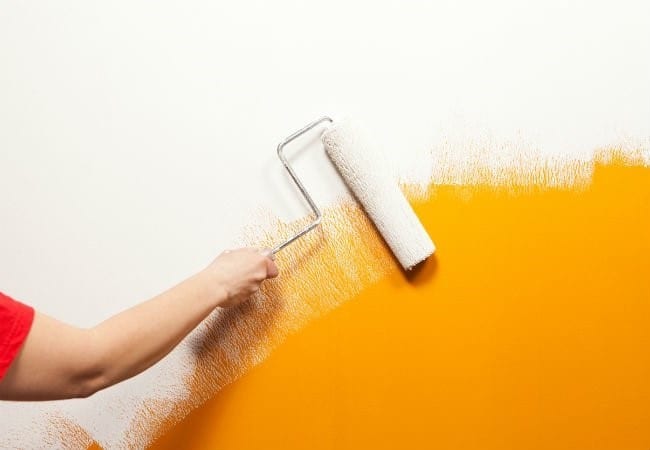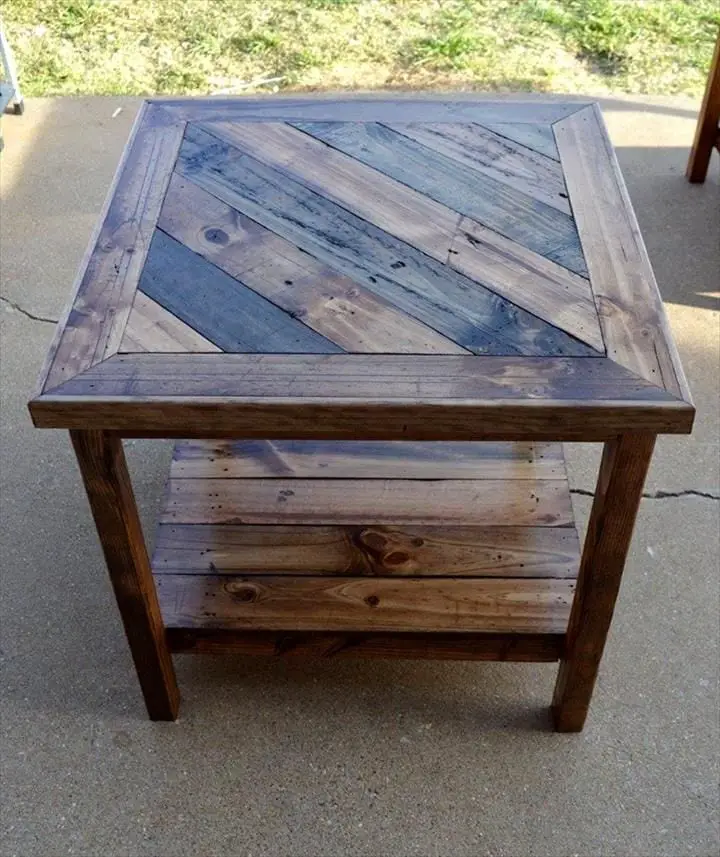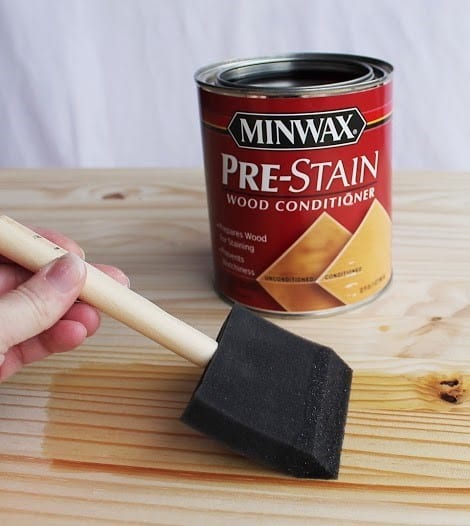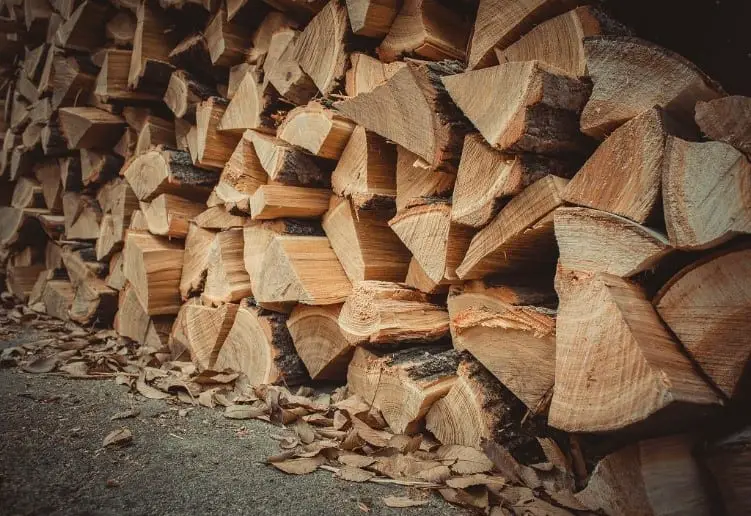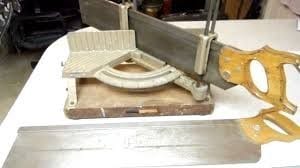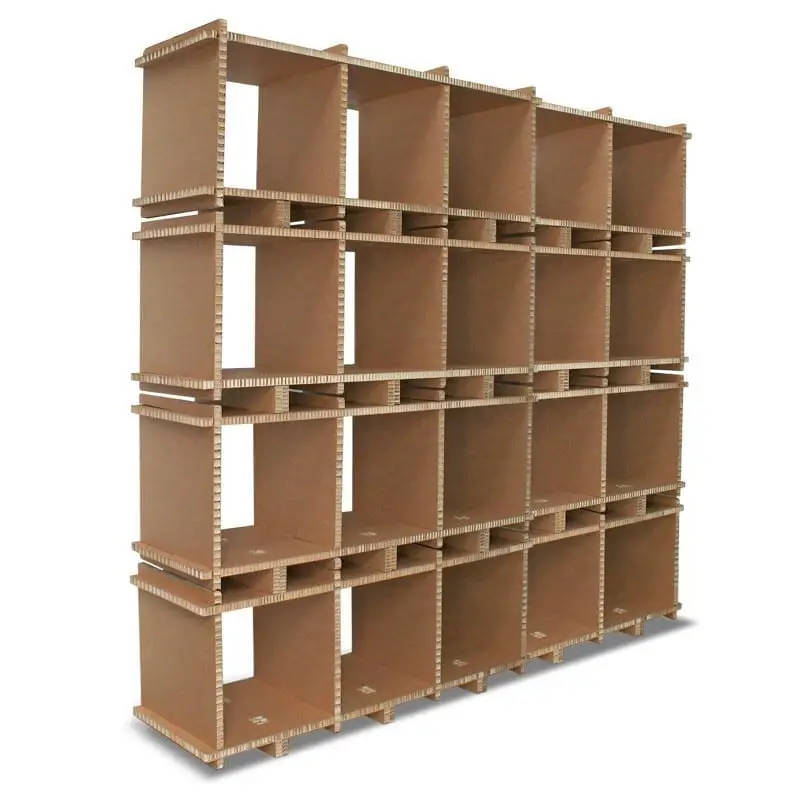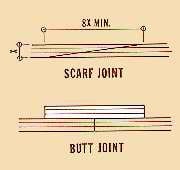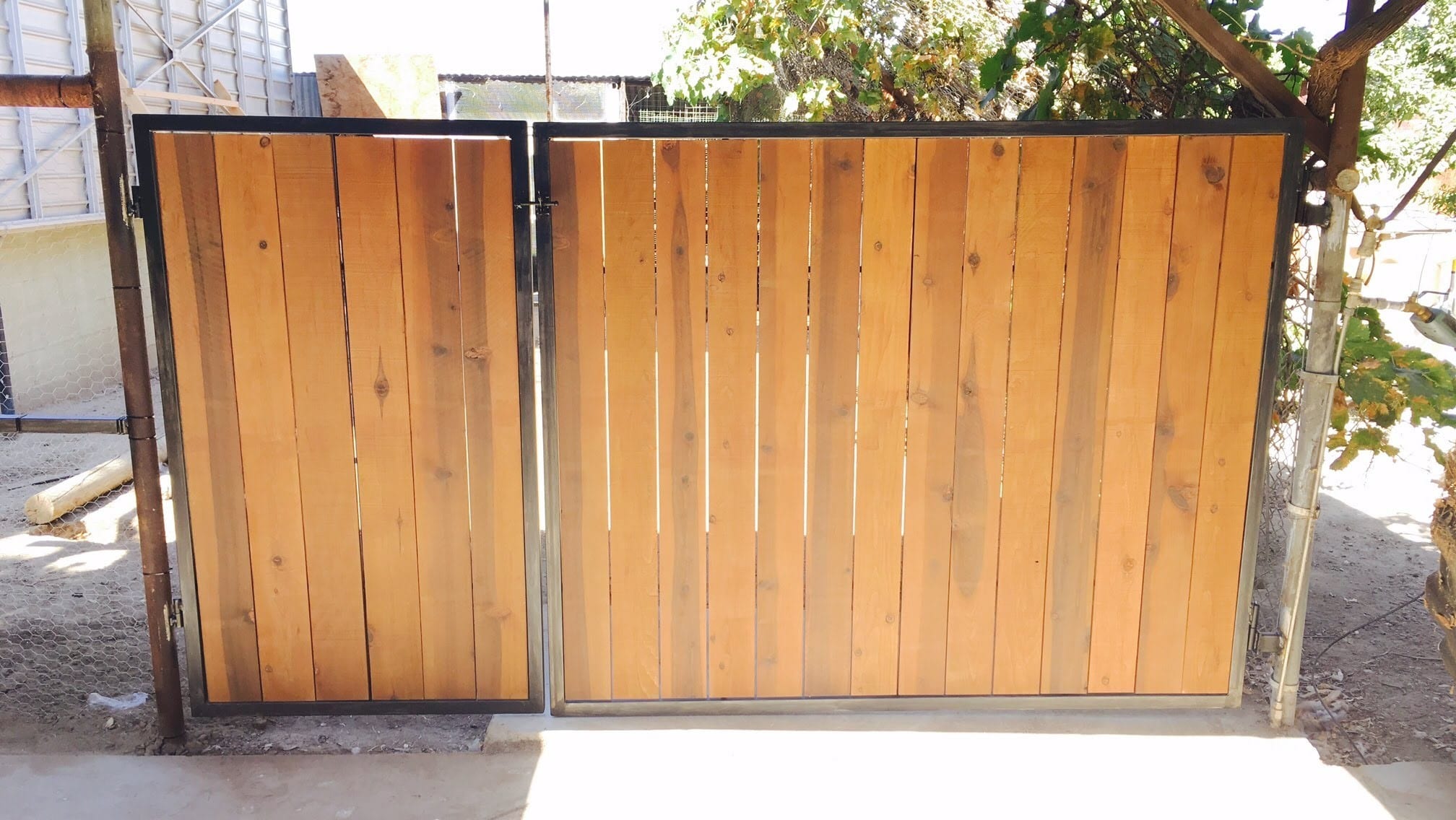They say that painting a room a new color is one of the easiest and the most cost-effective ways to renovate any room. A new color means a new breath of life!
However, for homeowners who would like to DIY indoor room painting, there has been a lingering question: how many coats of primer should I use on a wooden wall? Should I use primer at all? This is a short guide on how to use primer on wooden walls.
Should I use one or two coats?
A quick answer to this question: you may need to use two coats of primer to paint interior walls.
Paint may still naturally stick to an unprimed wall, no problem. But you will risk having blotchy, peeling paint if you do not use a primer. Paint primer contains more resins and less pigment as well as solvents and other additives. This is applied to the surface of a wall to prepare the wall for the actual paint.
Using a primer will also reduce the amount you need to apply on your walls so technically, you are saving money from using more premium paint. Keep in mind that a can of primer paint costs almost half as a can of regular paint or premium paint.
Generally, one to two coats of primer will suffice. But there are of course some factors that will determine the exact number of primer coats: the wall material, the paint color, and the type of primer used.
You must use only one coat for
If you are painting any color of paint over a white wall then one coat of high-quality primer or an oil-based primer. If you are using tinted primer then you may only use one coat. Tinted primers come with the shade of paint. This is a good primer and paint combo to use if you are making dramatic color changes like from dark color to a white color and vice versa. Because of the color adjustment in a tinted primer, you can achieve the desired shade without paying for more.
Use two coats of primer for
If you are painting unfinished drywall or plaster which were never primed or painted before then you need two coats of primer. The area you will be working on are more porous therefore these will absorb paint at varying rates and this can result in blotches. Two coats should be applied because the first one will surely be completely soaked by the unprimed wall. The second coat will make up for any primer absorbed by the wall and hide any flaws.
If you are painting drywall, apply two coats of drywall primer-sealer or a high-build drywall primer-sealer. Prime unfinished plaster walls using two coats of oil-based stain-blocking primer to avoid lime stains that affect plaster walls from staining the paint.
If you are painting unfinished wood walls or a wooden wall which was never primed or painted. This type of wood is more porous compared to the unfinished drywall. The percentage of solids in the most paint may not be enough to fill the pores and flatten the grain of the wood, therefore, painting wood minus any primer can cause an uneven surface that can develop peeling and blotches.
Use two coats of an oil-based primer on unfinished wood. When the water-based primer is used on wood, this can lead to the swelling of wood grains so never use a water-based primer. Be sure to lightly sand the wooden surface after the first coat to flatten and level it before applying the second coat of primer.
If you are painting over a dark color using a lighter color then a primer is a must. If you don’t use a primer then the dark color may continue to peek through despite adding two, three or more coats of paint.
There is no need to use a primer if
You don’t need to use a primer if you are using self-priming paint. You can find two-in-one paint-and-primer products, like self-priming paints which has a higher percentage of solids than average paints, therefore, producing a thicker coat.
Take note that individual coats of self-priming paints will work best when used over a similar or a lighter color. Self-priming paint is recommended for walls that are in good condition and may take a longer time to dry compared to regular paint.
Conclusion
You may need to use 2 coats of primer if you are painting indoor wooden walls. There are also instances when you may only need to apply a single coat or you may not need to use a primer at all. There are also two-in-one primer and paints or self-primer paints that you only need to apply once. This saves you money and effort in the long run.
